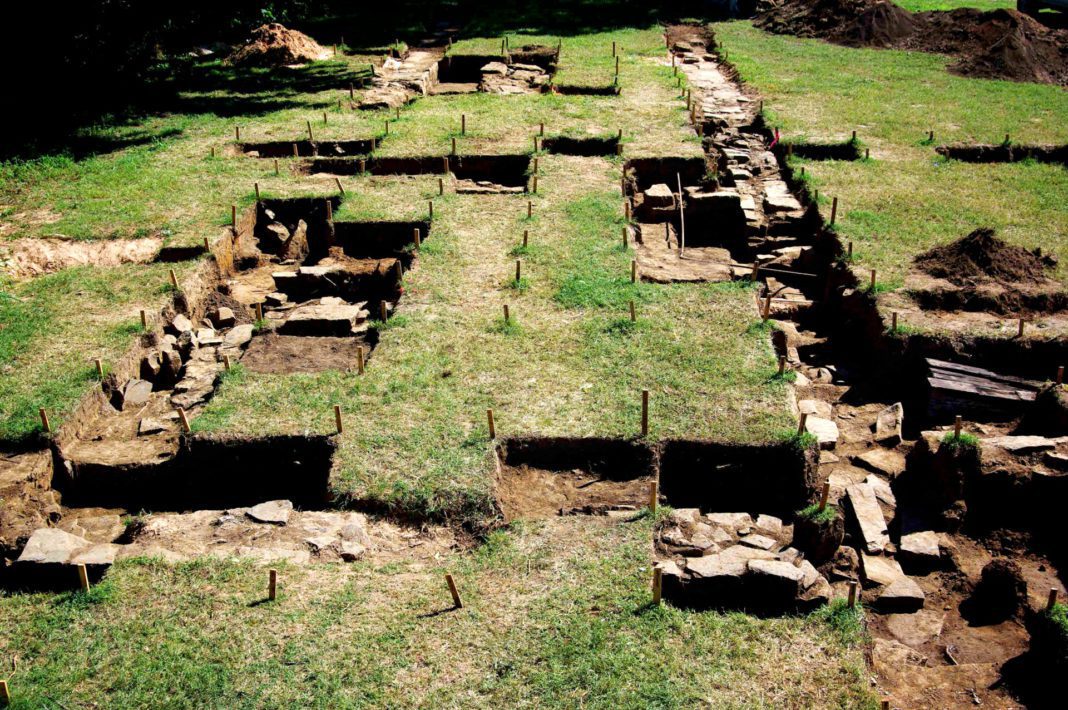The history of Oklahoma often gets obscured by the fact that many don’t think back past preliminary European contact. But there was a rich history here many millennia before the first Europeans arrived – and archeology is the way to study these prehistoric civilizations.
“Knowing what past people in Oklahoma were doing really does inform the present, and our understandings of who we are and how we got here,” says Amanda Regnier, director of the Oklahoma Archeological Survey.
But for people who aren’t archeologists, there are a couple of ways to learn about this important work.
So far, there are more than 25,000 prehistoric sites found in Oklahoma, some dating back as far as 33,000 years ago, says Dennis Peterson, manager at Spiro Mounds Archaeological Center. “But the only place people can actually experience that part of the past, anything before European contact, is at Spiro Mounds,” he says.
Spiro offers an opportunity to learn about a Native civilization that lived in the area and flourished between 700 and 1300 A.D. According to Peterson, there were cities of 10,000 to 50,000 people – and more than six million people were directly connected to Spiro. Warfare was extremely rare, and the controls were social, economic, political and religious, with a very early writing system allowing for this national confederation.
For people who would like to delve further into history, another avenue to get involved in archeological work is through a membership in the Oklahoma Anthropological Society. OAS is a group of amateur and professional archeologists interested in the pre-European-contact history of the state. Regnier has worked on several projects with this group, including archeological digs at Fort Washita in Bryan County, Fort Gibson near Muskogee, and one near Muldrow, Okla., which researches a small site of mound-builder households dated from 1050 to 1250 A.D.
It’s important to study this time in the state’s history for multiple reasons. The civilization at Spiro Mounds started to disappear around 1300, potentially due to a drought cycle that started about the same time. This, according to Peterson, provides some lessons for Oklahomans today in our current environmental situation.
“I think part of the reason why it’s so important to understand what happened at Spiro especially, but in the past in general, is that every time we are faced with almost exactly the same situations … we make the same mistakes over and over and over again,” he says. “We’re doing it in this time, we did it in 1300, we’ve done it for the last ten thousand years. But eventually we’ve gotta learn. And that means you have to understand the history in order to do that.”
Visit Spiro Mounds
The site is open Wednesday-Saturday, 9 a.m. to 5 p.m., and Sunday, noon to 5 p.m.
Visitors can walk the two miles of trails to get a look at all twelve mounds, as well as study the inside, which houses interpretive exhibits that showcase the artifacts of culture and art found at the site. Celebrations and events also take place throughout the year.
18154 N. First St., Spiro



























